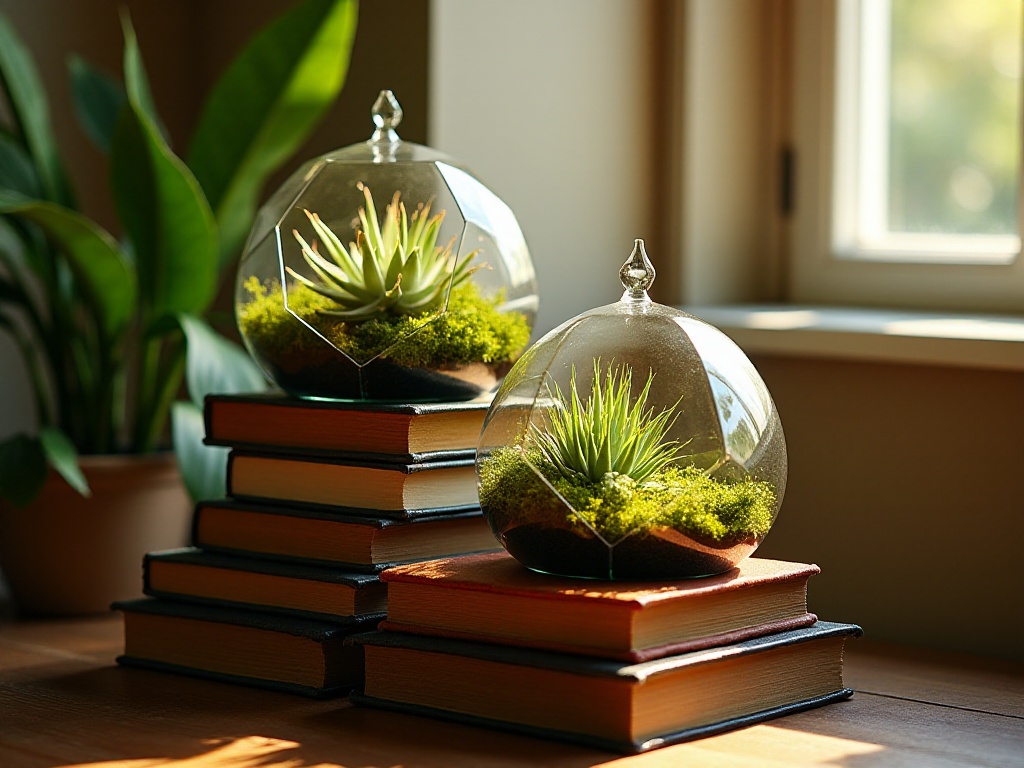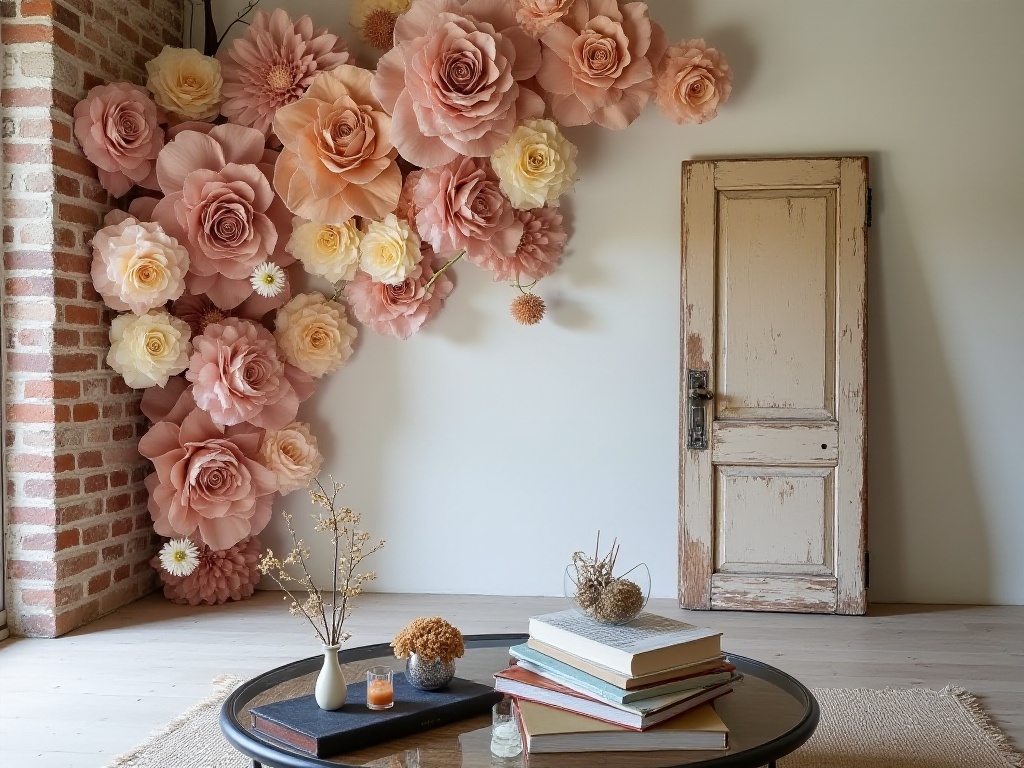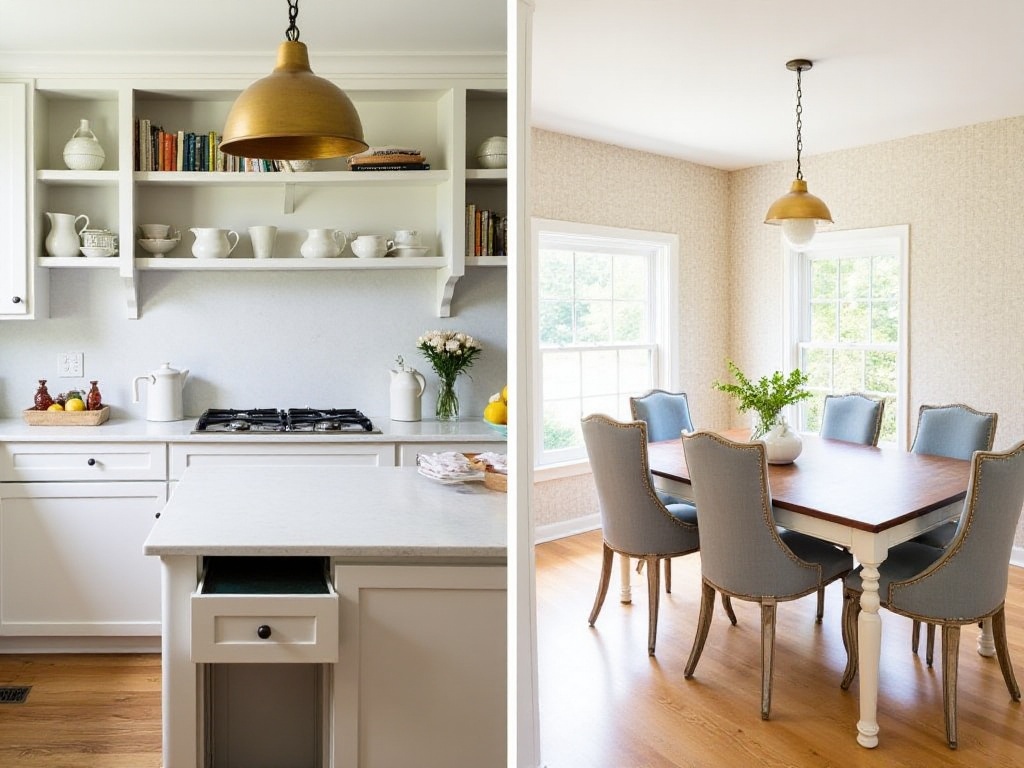Introduction
Recently, while chatting with friends in a home decoration group, I discovered that many people struggle with coffee table arrangements. Some say their living room traffic flow is blocked after placing a coffee table, others find their coffee tables always messy and don't know how to organize them, and some feel their coffee tables never look refined enough no matter how they arrange them. I've experienced all these issues, from initially being overwhelmed to now being able to easily create coffee table arrangements that my friends consistently praise. I think it's time to share the lessons I've learned and the experience I've accumulated over the years.
Choosing the Right Size
The most important aspect of spatial layout is proportion - this really can't be emphasized enough. I remember when I first chose a coffee table, I saw one with an amazing design and bought it on impulse, only to find it completely unsuitable when I brought it home. It not only took up too much space but made the living room feel cramped. Later, after consulting several experienced designers, I learned there's actually a scientific basis for choosing coffee tables.
Based on my years of decoration experience, the length of a coffee table should be about 2/3 of the sofa length. This is a golden ratio that's been proven through countless practical applications. For example, if you have a standard three-seater sofa that's about 180 centimeters long, then a coffee table around 120 centimeters would be most suitable. This proportion ensures both comfort in use and prevents the space from feeling either too cramped or too empty.
Height is also crucial. The first coffee table I bought had the wrong height, and reaching for things while sitting on the sofa felt awkward. Later I discovered that the ideal coffee table height should be 10-15 centimeters lower than the sofa cushion. This height best follows ergonomic principles, making it natural to drink water, read books, or place phones while sitting on the sofa.
I've also found that different apartment layouts have different requirements for coffee table sizes. For small apartments, it's recommended to choose coffee tables 40-50 centimeters wide to avoid taking up too much walking space. Larger homes can accommodate tables 50-70 centimeters wide, which looks more visually balanced. As for thickness, many young people now prefer designs that look thin, which indeed appear more light and fashionable.
Shape Matching
When it comes to coffee table shapes, there's really a lot to consider. My living room is a very regular square shape, and initially I had a square coffee table, which made the whole space feel very rigid, like an office. Later, when I switched to a round coffee table, it made an immediate difference, instantly making the space more lively.
This made me realize the importance of shape, so I began researching what kinds of coffee tables suit different spaces. A round coffee table in a square living room can indeed break up the rigidity of the space, and the rounded edges are safer, especially suitable for families with small children. If the living room is rectangular, oval or rectangular coffee tables tend to be more harmonious.
However, shape selection should also consider usage habits. I have a friend who particularly likes working at her coffee table, and a round table wasn't very practical for her. She eventually chose a rectangular table with rounded corners, which maintained functionality while avoiding appearing too harsh.
There's also an interesting design trend of irregularly shaped coffee tables, such as some designer brands making shapes like leaves or water drops. While these coffee tables are very special, you need to ensure overall style consistency, or it can easily become excessive.
I think when choosing a coffee table shape, you also need to consider the form of surrounding furniture. If the sofa has a soft, rounded design, you can choose a coffee table with more distinct angles; if the sofa is more rigid, the coffee table can be softer, creating a nice contrast.
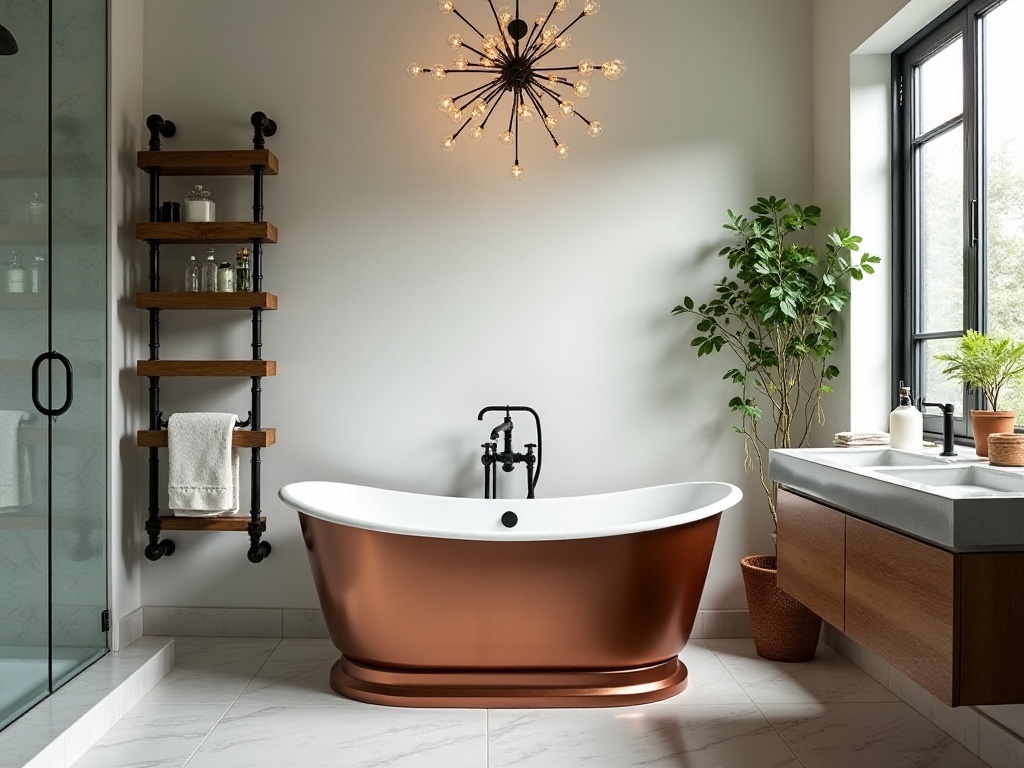
Material Selection
The material options are truly dazzling, with so many choices available in the market now. Beyond traditional solid wood and tempered glass, there are many new materials particularly suitable for small apartments.
Regarding solid wood coffee tables, I personally think you should choose ones with natural grain and fine craftsmanship. My friend has a walnut coffee table that has beautiful wood grain and hasn't shown obvious scratches after more than two years of use - with proper maintenance, it can last many years. However, solid wood tables are relatively heavy and not very suitable for those who frequently rearrange their furniture.
Tempered glass coffee tables are something I particularly recommend, especially for small apartments. The transparent glass surface can make the space appear more open, and it's also easy to maintain - just wipe it clean. However, be sure to choose 10-12mm thick tempered glass for durability and sturdiness.
Acrylic material has been particularly popular recently - I helped a friend choose an acrylic coffee table not long ago. Acrylic has even better transparency than glass, is lightweight and easy to move, and is also relatively affordable. The only downside is that it scratches easily and requires special care in maintenance.
Marble coffee tables are also very popular, especially in some luxury-style homes where marble patterns can instantly elevate the space's class. However, marble is quite heavy and can be corroded by acidic substances, requiring extra care during use.
There are also some interesting composite material coffee tables now, such as wood combined with glass, or metal with marble. These combinations not only create visual layering but also maximize the advantages of different materials while minimizing their drawbacks.
Functional Upgrades
Young people today have increasingly high demands for furniture, and single-function coffee tables can no longer meet our needs. I remember when I first started working, my rented apartment was so small I couldn't even fit a dining table. Later, I discovered the magic of lifting coffee tables, which was a godsend for small apartments.
I'm currently using a lifting coffee table with storage function - it serves as a coffee table normally but lifts up to become a dining table when needed, which is very practical. The storage space inside can hold less frequently used items like seasonal decorations or spare tableware.
The multi-functional coffee tables available now are truly endless. Some come with cooling functions for storing drinks and snacks; some can transform into work stations with perfect height for laptops; and others feature wireless charging - just place your phone on top and it charges, which is incredibly convenient.
I think the key to choosing a multi-functional coffee table is to base it on your actual needs. If you often need to work at the coffee table, you might choose one with drawers or a lifting function; if you like watching movies and eating snacks in the living room, one with storage functionality would be very practical.
However, note that more functions naturally mean higher costs, and repairs can be more complicated. I recommend choosing based on the 2-3 most frequently used functions, rather than trying to have everything.
Decoration Tips
Honestly, buying a good coffee table is just the first step - how to arrange and decorate it is what really tests your aesthetic sense. I've summarized a "rule of thirds": divide the table surface into three areas, placing decorative items of different heights in each area.
Specifically, the first area can have a 25cm tall plant - I have a pothos plant that's easy to maintain and purifies the air. The second area can have a 15cm tall candleholder or small ornament - I chose a Nordic geometric candleholder. The third area can have 5cm tall magazines or remote controls. This layering creates a very designed look.
Color matching is also important. I suggest choosing one main color with two complementary colors. For example, my coffee table is mainly natural wood color, paired with white and dark green decorations, which looks very harmonious.
Decorative items should also be practical. For instance, I keep a beautiful tray on the coffee table that serves as decoration normally but can be used for serving tea when guests visit. There are also some storage boxes with lids that can hold small items while serving as decorations.
I've noticed many people like to place fresh flowers on coffee tables, which can indeed make the space more lively. But if maintaining real flowers is too troublesome, there are some very realistic artificial flowers that are also good options.
It's also important to leave some empty space - don't fill the coffee table too full. I usually leave an area clear so there's space to put drinks or books, which also prevents the table from looking cluttered visually.
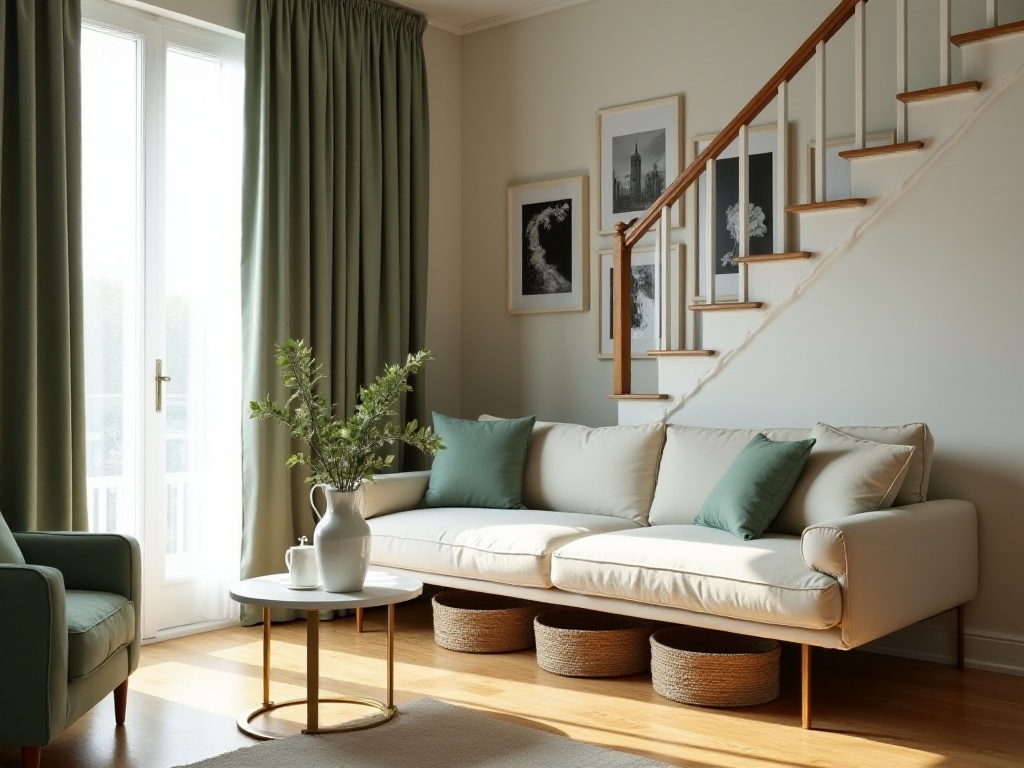
Budget Control
Speaking of budget, this is truly a practical issue. Not everyone can afford designer brand coffee tables, but with careful selection, you can find both attractive and practical coffee tables even on an ordinary budget.
Based on my observation and research, 2000-3000 yuan is a fairly ideal budget range. At this price point, you can get a coffee table with solid materials and decent craftsmanship. During last year's Singles' Day, I wasn't idle - I specifically tracked sales data from major furniture brands and found that over 40% of coffee table transactions were concentrated in this range.
If your budget is between 1000-2000 yuan, I recommend looking at some emerging furniture brands. While these brands might not be as well-known, they offer great value for money. A colleague of mine bought a coffee table from a niche brand for just over 1500 yuan, and its design completely matches up to major brands.
For those with sufficient budgets, coffee tables above 3000 yuan will naturally offer better guarantees in terms of materials and craftsmanship. However, I suggest everyone still be rational in their consumption - after all, a coffee table is frequently used furniture, and practicality is more important than brand name.
A money-saving tip is to watch for furniture brand special sales or end-of-season clearances. My lifting coffee table was originally 3800 yuan, but I bought it during a store anniversary sale for only 2600, saving quite a bit.
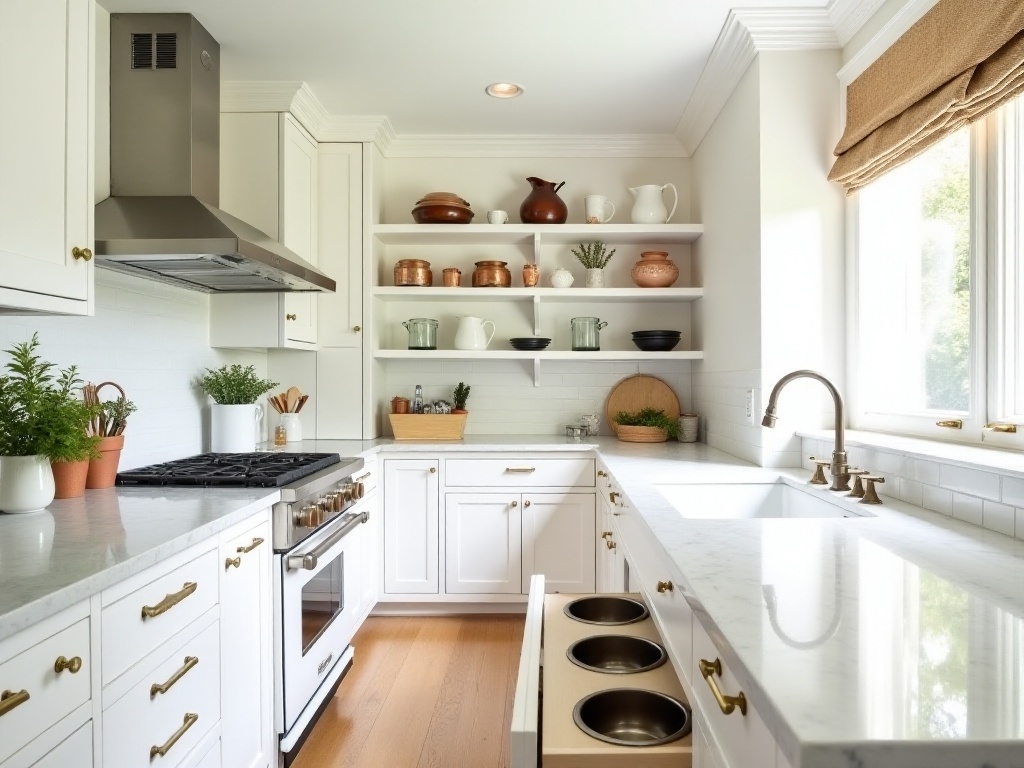
Practical Experience
To be honest, I've taken quite a few detours in arranging coffee tables. At first, seeing those exquisite pictures online, I tried buying lots of decorative items to display, but it just got messier and ended up looking cheap.
Later, I changed my strategy and started learning to simplify items. I only keep the most frequently used and most design-worthy items, storing everything else away. This not only looks neater but is also much easier to maintain.
I've also found that lighting greatly affects how a coffee table is displayed. If you have spotlights, consider directing one beam onto the coffee table - this can highlight its texture and creates a particularly atmospheric effect at night.
Placement is also crucial. The distance between the coffee table and sofa should be moderate - too close affects movement, too far looks uncoordinated. I keep a 45-centimeter distance between my coffee table and sofa, which feels just right.
It's also important to consider different needs. If you have elderly family members, it's advisable to choose rounded designs, and the height can be slightly higher to make it easier for them to stand up. If you have children, safety becomes particularly important, and it's best to choose impact-resistant materials.
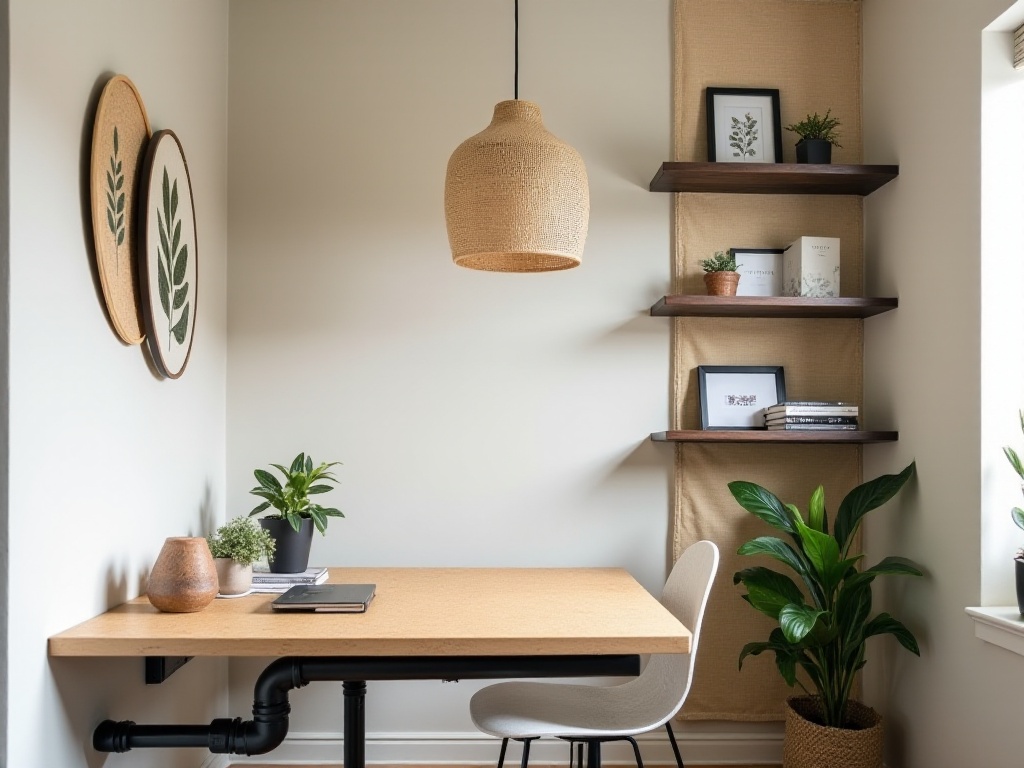
Summary and Outlook
Through years of exploration and practice, I've deeply realized that a good coffee table not only elevates the living room's class but also makes life more convenient. Choosing appropriate size and shape, selecting suitable materials, focusing on functionality, and reasonable decoration arrangements are all key to creating a perfect coffee table area.
The furniture market is developing rapidly now, with new designs and materials constantly emerging. For example, some smart coffee tables have recently appeared that can control height via mobile phone, provide wireless charging, and even feature voice control. Although these new technologies are still quite expensive now, I believe there will be more affordable and smart options as technology develops.
By the way, I heard many people in the renovation group asking about sofa selection. Indeed, coffee tables and sofas are the best partners in the living room - after choosing a good coffee table, the next step is to properly research sofas. If you have any specific questions about sofa purchasing, you can let me know, and I'll summarize my experience.
After all, creating a warm and comfortable living room is everyone's wish. As long as you put in the effort and keep learning, I believe you can also arrange a perfect living room that's both practical and beautiful. I look forward to seeing more people share their coffee table arrangement experiences!


